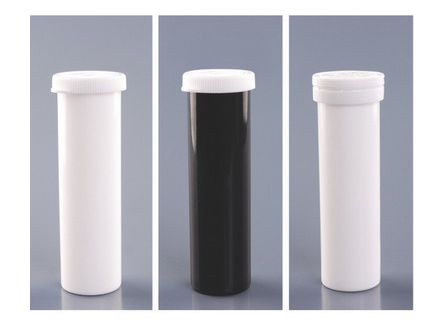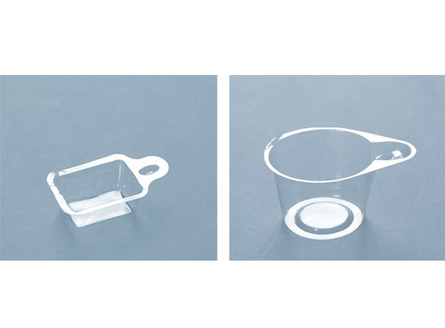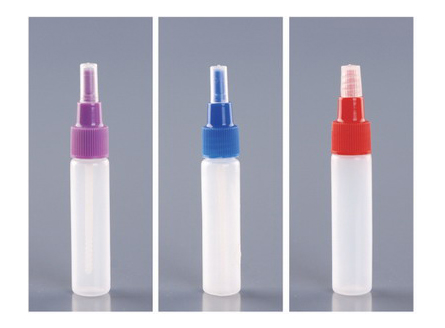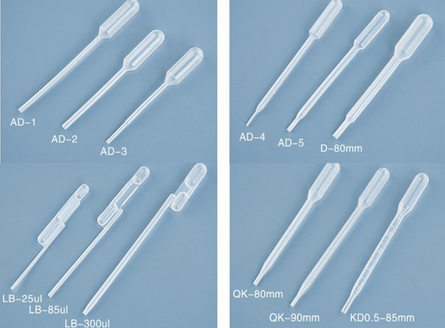
 Test paper bucket
Test paper bucketThe test paper barrel and test paper cyli...
 Urinary cup
Urinary cupThe urine cup is a disposable container a...
 FOB fecal collection pipe
FOB fecal collection pipeFOB toilet pipes are mainly made of low-d...
 Straw
StrawA straw is a type of tube used to suck re...
Phone:+86-317-4052076
FAX:+86-317-4052076
Email:czycgs@163.com
Web:www.xysjcz.com
Address:Du Sheng Xiang Xiao Liu Village, Cang County, Cangzhou City, Hebei Province
FAX:+86-317-4052076
Email:czycgs@163.com
Web:www.xysjcz.com
Address:Du Sheng Xiang Xiao Liu Village, Cang County, Cangzhou City, Hebei Province
Current Location:HOME > NEWS > Company dynamics >
NEWSThe Development History of Gold Label Card Shell Colloidal Gold Technology
Time:2017-04-10Publisher:Xingyuan
Gold Label CassetteImmunocolloidal gold diagnostic technology is based on enzyme-linked immunosorbent assay, latex agglutination assay, monoclonal antibody technology, and immunocolloidal gold labeling technology, using colloidal gold as a marker to amplify reactions using specific antigen antibody reactions. The results can be determined through direct observation. This technology has the advantages of simplicity, accuracy, and accuracy, and has been developed in many diagnostic fields such as clinical medicine testing, detection, food detection, residue and drug detection, as well as antigen antibody detection.In 1857, British physicist and chemist Mike.Faraday prepared colloidal gold from chloroauric acid aqueous solution by reduction method and found that adding a small amount of electrolyte can make the colloidal gold change from red to blue; Final coagulation integrated colorless; Adding gelatin or other macromolecules can prevent this change. This major discovery laid the foundation for the preparation and application of colloidal gold. In 1962, Feldherr et al& Nbsp; Propose the idea of using colloidal gold as a tracer for electron microscopy. In 1971, Faulk combined rabbit anti Salmonella serum with colloidal gold particles to form gold labeled antibodies for detecting the distribution of surface antigens, marking the application of colloidal gold as a novel colored marker in immunological research. Subsequently, immunocolloidal gold technology was widely applied in immunochemistry. In 1974, Romano labeled colloidal gold on horse anti human IgG and achieved indirect immunogold staining. In 1978, Geoghegan applied immunocolloidal gold technology to detect the distribution of surface antigens on B lymphocytes. In 1981, Danscher enhanced the visibility of gold particles under a light microscope using silver developer. In 1983, Holgate et al. established the Immune Gold Silver Staining (IGSS) method, which significantly improved the sensitivity of the detection. In 1986, Fritz et al. successfully performed color immunogold and silver staining& Nbsp; Add vivid visual effects. In 1989, Spielberg et al. conducted a dot immunogold filtration assay for detecting anti HIV antibodies& Nbsp; A dot gold immunofiltration assay (DIGFA) was established. In 1990, Beggs et al. established a method based on immunofiltration technology& Nbsp; A simplified immunological detection technique, namely colloidal gold immunochromatography (GICA), is used to detect HCG in human urine and serum. With the maturity of monoclonal technology and the rise of nanotechnology, gold labeled cartridge immunocolloidal gold technology will gradually improve and develop, and be widely applied in biomedical fields such as immunohistochemistry and biomolecular recognition& Nbsp
